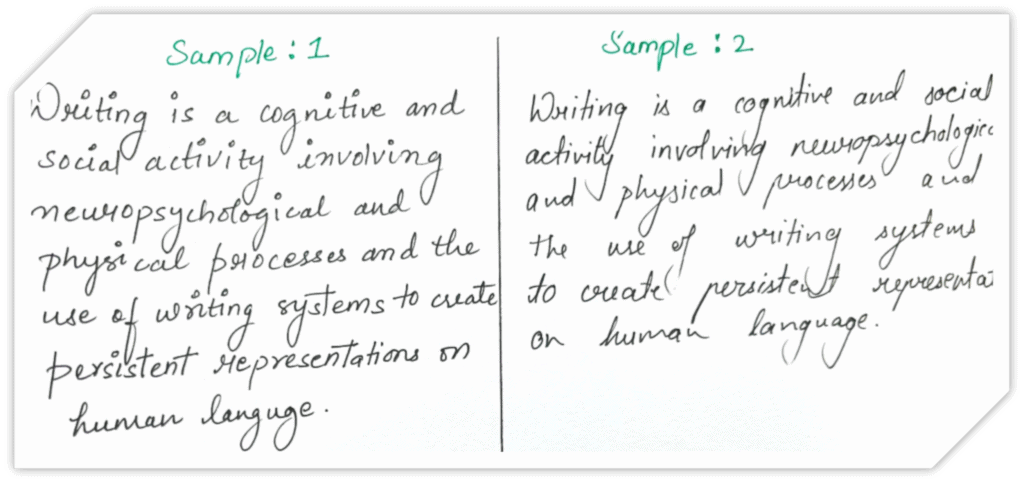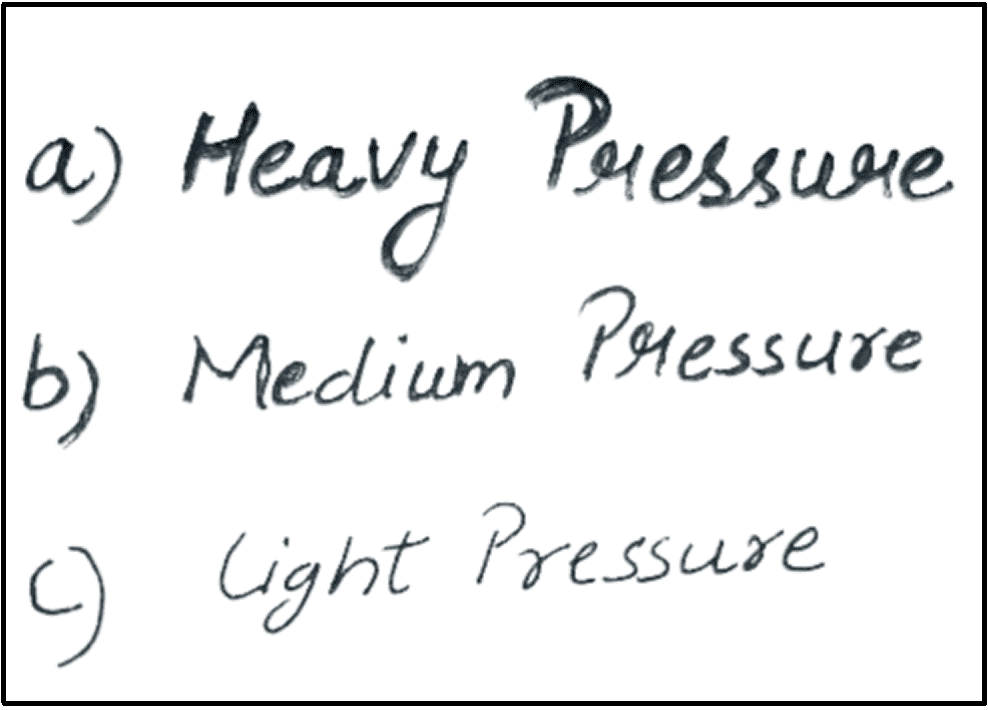Handwriting, often seen as a mundane everyday activity, can reveal a wealth of information when subjected to the scrutiny of forensic experts.
The science and art of handwriting analysis, also known as graphology or forensic document examination, are instrument in deciphering the unique characteristics that make each person's handwriting as distinct as their fingerprints. In this blog post, we will delve into the principles and identification features that form the backbone of handwriting analysis.

The idea of individuality is at the core of handwriting analysis. Individual's handwriting carries distinctive characteristics, just as no two persons have identical fingerprints. These differences results from a complex interplay of psychological and physical factors. Subtle quirks frequently continue, allowing forensic professionals to determine a person's genuine identity even when they consciously try to imitate another's handwriting.
Genuine handwriting is based on consistency. It relates to the reoccurring themes and traits that are largely constant across various writing samples. To find recurrent themes in a writer's work, forensic analysts closely study components including letter forms, spacing and alignment.
Even though consistency is important, it's important to understand that no two pieces of handwriting- even those from the same author- are exactly same. Changes in mood, the environment in which you write, and the writing tool you employ can all cause variation. Differentiating between genuine variations and intentional deception attempts in difficult, but forensic experts have honed this expertise.
Naturalness in handwriting refers to a person's ability to write freely and easily when not under pressure. This includes elements like writing speed, pen pressure, and rhythm. Writing that is forced or counterfeit lacks that natural flow and comfort inherent in true handwriting.
The level of writing ability can vary significantly. Whether the writing looks to be produced by a person with high proficiency or low proficiency is determined by forensic examiners.
Differences in letter construction, stroke confidence, and artistic ability can offer important insights.
To conduct a comprehensive analysis, forensic experts scrutinise a range of identification features within handwriting samples. These features serve as the building blocks of comparisons and offer significant insights into authorship.
Letter formation varies from individual to person. These small irregularities help distinguish writers, whether they take the form of unusual loops, slants or proportions.

Handwriting lines that are fluid, shaky, or wavelike may indicate a change in the writer's emotional or physical state. These variances must be taken into account during analysis.

Inconsistencies in the spacing between words, letters, and lines, as well as misalignment of text, are critical factors for examination. Discrepancies can point to different authors.

The way strokes connect between letters or within specific letters (Ligatures) is a distinctive trait. These connecting features can significantly aid in distinguishing one writer from another.


The baseline, or the imaginary line on which writing rests, can reveal a writer's habits. Consistent deviations from the baseline are unique to each individual.

The presence and nature of doodles and embellishments in the margins or within the writing can provide clues about a person's creativity, attention to detail, and emotional state.

The pressure applied to the writing instrument leaves distinct impressions. Variations in pen pressure can offer valuable insights into the writer's habits.
Forensic handwriting analysis is a nuanced field that relies on the principles of individuality, consistency, variability, naturalness, and skill level. By examining both general characteristics and individual traits, experts can offer compelling evidence in legal investigations and disputes.
Handwriting, the product of a unique blend of physiological factors, continues to be a compelling tool in the arsenal of forensic experts, uncovering the stories concealed within every stroke of the pen.

This piece is a testament to your expertise and passion for the subject.
Leave a Reply